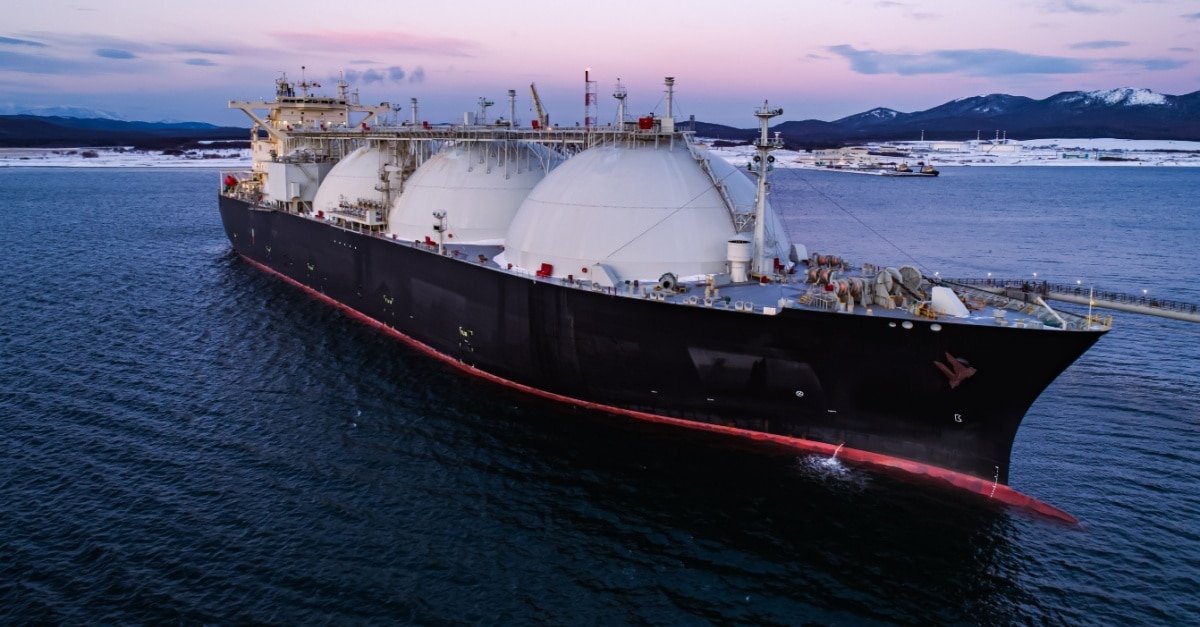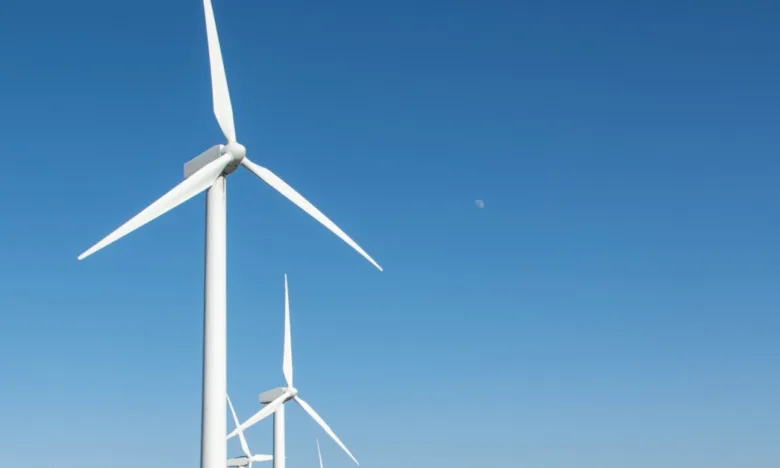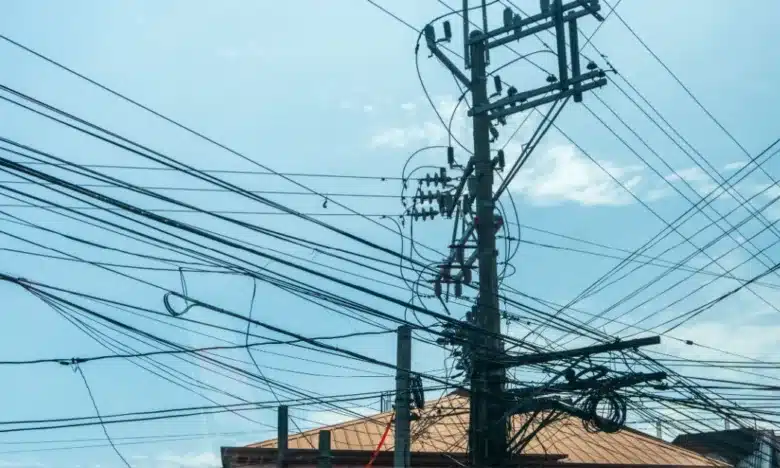
LNG as a Safe, Reliable Path to Clean Energy
- December 17, 2024
The Department of Energy says that Liquefied natural gas (LNG) is the new point of interest in the Philippines’ transition to clean energy sources.
In an interview with the Philippine Star, LNG specialist Engineer Ina Pauline Abelon endorses its reliability and safety, claiming it as a crucial piece in the country’s balanced energy strategy upon the looming commercial depletion of the Malampaya natural gas reserves by 2027
Abelon sought to debunk common myths about the safety of LNG, stating that in its liquid state in very low temperatures, the gas is not explosive.
“LNG is odorless, non-carcinogenic, non-toxic, and in its liquid form, not flammable,” Abelon explained. “LNG vapor, being colder and lighter than air, disperses rapidly, minimizing the possibility of accumulation unlike Liquified Petroleum Gas.”
Abelon referred to the safety record of LNG power plants, which undergo Quantitative Risk Assessments and advanced control systems among other rigorous safety protocols spearheaded by Fichtner, a leading German Consulting Engineer firm appointed by First Gen Corp, a Philippine renewable energy company seeking to diversify its portfolio to address the country’s urgent energy demand.
“LNG plants are designed with double-lined, dual-layered tanks that meet international safety standards,” she noted. “The transportation of LNG is secure, adhering to the highest safety protocols.”
LNG is showing promise as an essential transition fuel to close the gap between baseload fossil fuels and renewable energy sources, helping the global journey to a sustainable energy future.
According to Abelon, LNG functions as a consistent baseload energy source with the capacity to provide steady power 24/7, setting it apart from intermittent renewable energy sources at the mercy of the weather. The usage of LNG as a constant baseload energy source will be pivotal in advancing the Philippines’ goals to balance its energy demand with sustainability.
“LNG’s abundant availability, reliability and scalability make it an ideal candidate to complement intermittent renewables like wind and solar power,” Abelon remarked.
Malampaya is responsible for 20% of Luzon’s energy needs. With its expected depletion by 2027, the country hopes to rely on LNG to fill the projected energy gap and continue increasing the energy supply for the rapidly advancing economy and population growth.
The potential of LNG is fully supported by the government through strategic investments and collaborative partnerships.
This undertaking is in alignment with the Philippine Energy Plan (PEP) which aims to integrate 50% renewable energy and 26% LNG into its power mix by 2040. At present, the national LNG share is less than 5%, and continued attention to its development as a viable transition fuel may help reach this ambitious goal in time.



